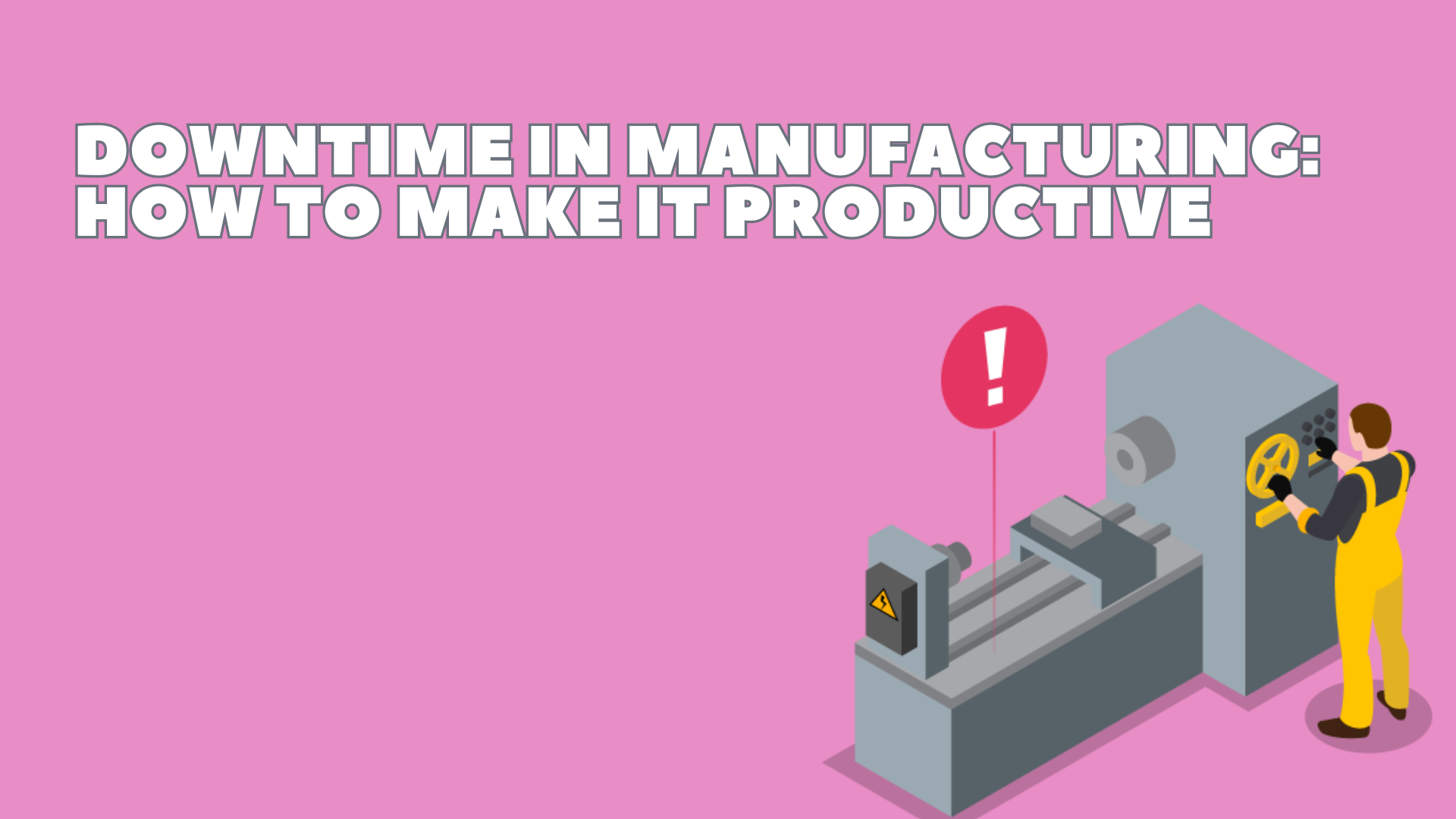Whether it’s due to maintenance, equipment failure, or supply chain disruptions, idle time can lead to lost productivity and decreased revenue. However, with the right strategies, downtime can be transformed into an opportunity for improvement and growth. Here’s how to make the most of downtime in your manufacturing operations.
1. Preventive Maintenance and Upgrades
Scheduled Maintenance
Proactive maintenance schedules can significantly reduce unplanned downtime. Use scheduled downtime to perform necessary maintenance tasks, ensuring machinery is in optimal condition and less likely to break down unexpectedly.
Upgrading Equipment
Take advantage of planned downtime to upgrade machinery and technology. Implementing more efficient and reliable equipment can enhance productivity in the long run.
2. Training and Development
Employee Training
Downtime provides an excellent opportunity for employee training and development. Offer courses on new machinery, safety protocols, or process improvements. Investing in your workforce’s skills can lead to increased efficiency and reduced errors.
Cross-Training
Encourage cross-training among employees to enhance flexibility within your team. A multi-skilled workforce can adapt to various roles as needed, minimizing the impact of future downtime.
3. Process Evaluation and Improvement
Process Audits
Use downtime to conduct thorough audits of your current processes. Identify bottlenecks, inefficiencies, and areas for improvement. Gathering data and insights during downtime can inform more effective strategies when operations resume.
Lean Manufacturing Principles
Apply lean manufacturing principles to streamline operations. Downtime can be an ideal period to implement 5S (Sort, Set in order, Shine, Standardize, Sustain) or Kaizen (continuous improvement) initiatives.
4. Inventory Management
Inventory Analysis
Conduct an in-depth analysis of your inventory levels and management practices. Assessing stock levels and turnover rates during downtime can help optimize inventory, reduce carrying costs, and prevent overstocking or stockouts.
Reorganizing Inventory
Reorganize your warehouse or storage areas to improve efficiency. A well-organized inventory system can lead to faster retrieval times and better space utilization.
5. Facility Maintenance and Improvements
Facility Upkeep
Utilize downtime for facility maintenance tasks such as cleaning, painting, or reorganizing workspace layouts. A well-maintained facility can boost employee morale and productivity.
Safety Inspections
Perform safety inspections and address any potential hazards. Ensuring a safe working environment can reduce the risk of accidents and associated downtime in the future.
6. Technology Integration and Data Analysis
Implementing New Software
Introduce or upgrade software systems during downtime. Whether it’s an ERP (Enterprise Resource Planning) system, production management software, or IoT (Internet of Things) integrations, new technology can streamline operations and provide valuable data insights.
Data Analysis
Analyze production data to identify trends, patterns, and areas for improvement. Leveraging data during downtime can guide strategic decisions and enhance overall efficiency.
7. Strategic Planning
Future Planning
Use downtime for strategic planning and setting future goals. Engage leadership teams in discussions about long-term objectives, market trends, and potential areas for growth or diversification.
Contingency Planning
Develop or update contingency plans to prepare for future downtime scenarios. Having a well-thought-out plan in place can minimize the impact of unexpected disruptions.
Conclusion
Downtime in manufacturing doesn’t have to be a period of lost productivity. By adopting proactive and strategic approaches, you can turn these moments into opportunities for growth, improvement, and increased efficiency. Embrace downtime as a chance to invest in your people, processes, and technology, ultimately leading to a more resilient and competitive manufacturing operation.









